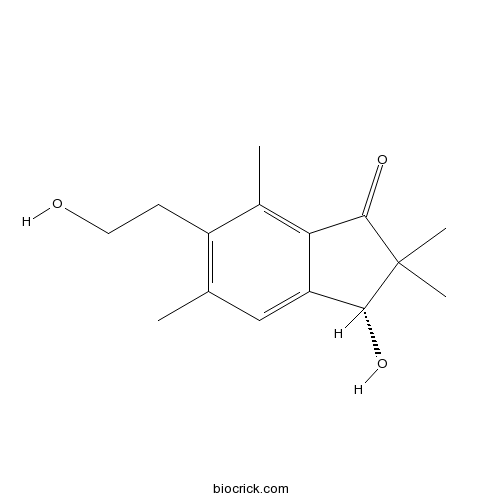Products for Sesquiterpenoids
-
BCN5144
Clovanediol diacetate
Botanical source: The herbs of Psidium guajava(CAS NO.:2649-68-5)
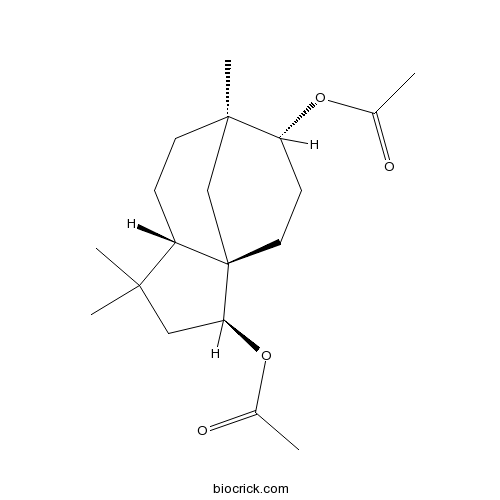
-
BCN5146
3-Hydroxycatalponol
Botanical source: The roots of Ekmanianthe longiflora(CAS NO.:265644-24-4)
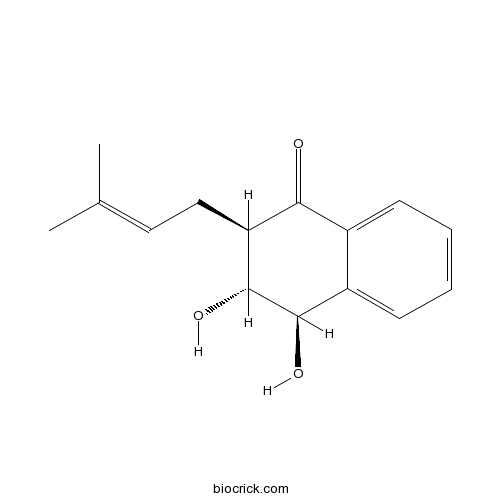
-
BCN5150
Xanthatin
Xanthatin is isolated from Xanthium strumarium leaves. Xanthatin exhibits strong antitumor activities against a variety of cancer cells through apoptosis persuasion and shows anti-inflammatory activities by inhibiting PGE2 synthesis and 5-lipoxygenase activity. Xanthatin is a potent and orally active inhibitor of VEGFR2 kinase activity with an IC50 of 3.8 μM and prominently blocks the phosphorylation of VEGFR2 at Tyr951 site. Xanthatin inhibits angiogenesis and has the potential for the investigation of breast cancer.(CAS NO.:26791-73-1)
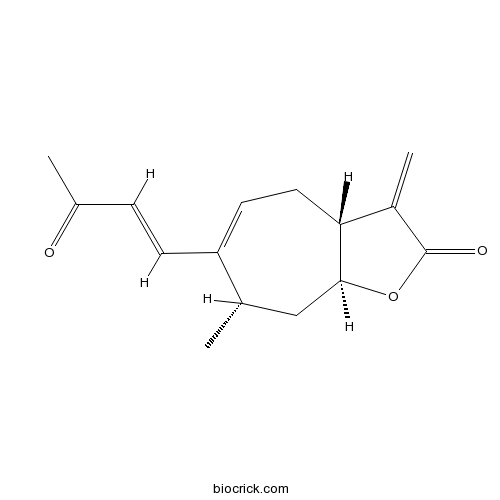
-
BCN5163
2-O-Acetyltutin
Botanical source: The herbs of Coriaria nepalensis Wall.(CAS NO.:2749-28-2)
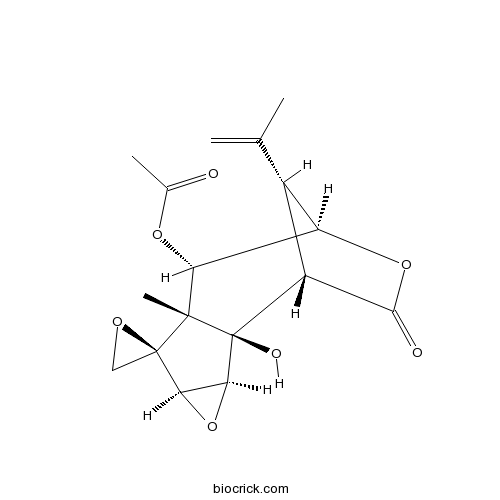
-
BCN5168
7-Megastigmene-3,5,6,9-tetraol
Botanical source: The herbs of Pandanus amaryllifolius(CAS NO.:276870-26-9)
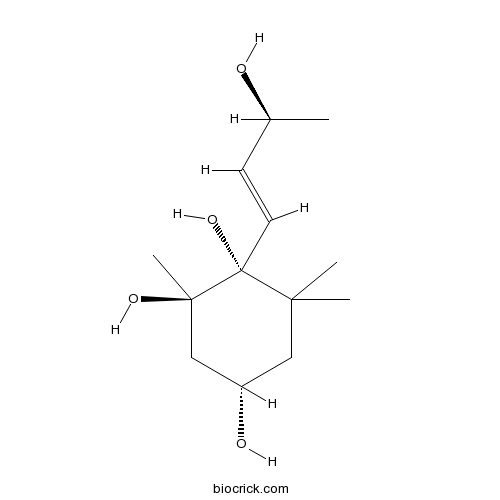
-
BCN5178
Reynosin
Botanical source: The roots of Dolomiaea souliei (Franch.) Shih(CAS NO.:28254-53-7)
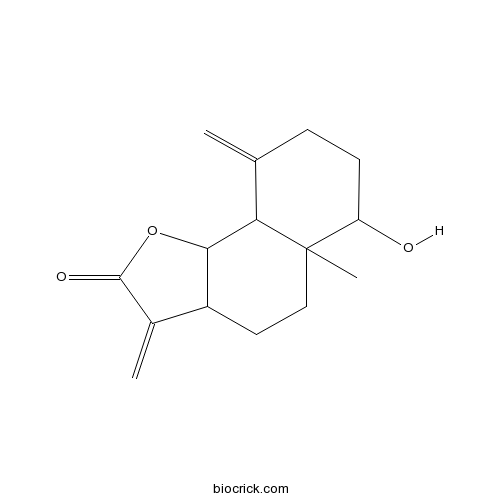
-
BCN7634
1(10)-Aristolen-2-one
Botanical source: The roots of Elionurus Muticus (Spreng) Kunth.(CAS NO.:28398-06-3)
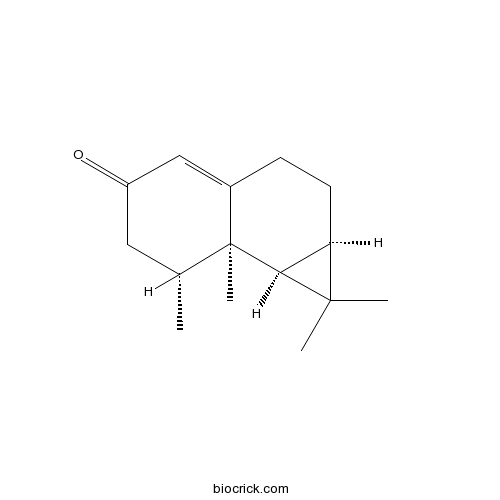
-
BCN1272
Fraxinellone
Fraxinellone is isolated from the root bark of the Rutaceae plant, Dictamnus dasycarpus. Fraxinellone is a PD-L1 inhibitor and inhibits HIF-1α protein synthesis without affecting HIF-1α protein degradation. Fraxinellone has the potential to be a valuable candidate for cancer treatment by targeting PD-L1.(CAS NO.:28808-62-0)
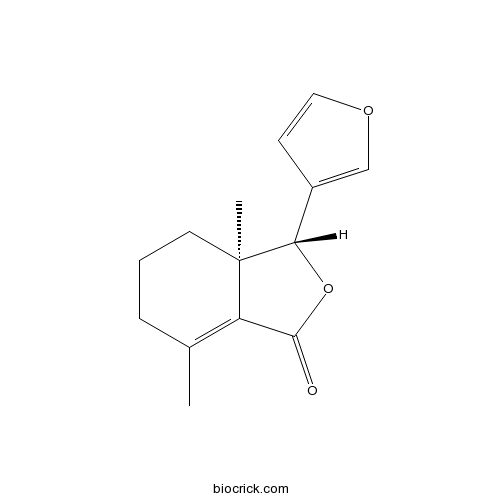
-
BCN4655
Deoxyelephantopin
Botanical source: The herbs of Elephantopus scaber Linn.(CAS NO.:29307-03-7)
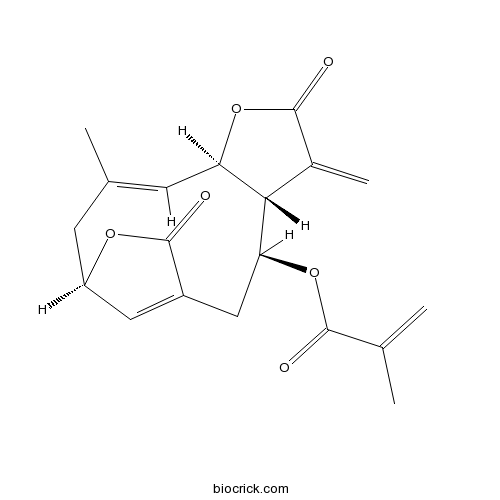
-
BCN8094
Bisabolangelone
Bisabolangelone, a sesquiterpene derivative, is isolated from the roots of Osterici Radix. Bisabolangelone possesses anti-inflammatory properties, which inhibits LPS-stimulated inflammation through the blocking of NF-kappaB and MAPK pathways in macrophages. Bisabolangelone has anti-ulcer activities.(CAS NO.:30557-81-4)
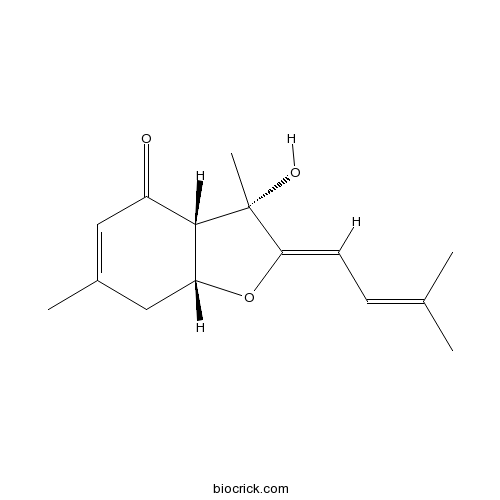
-
BCN7782
8-Epixanthatin
Botanical source: The root exudates of sunflower.(CAS NO.:30890-35-8)
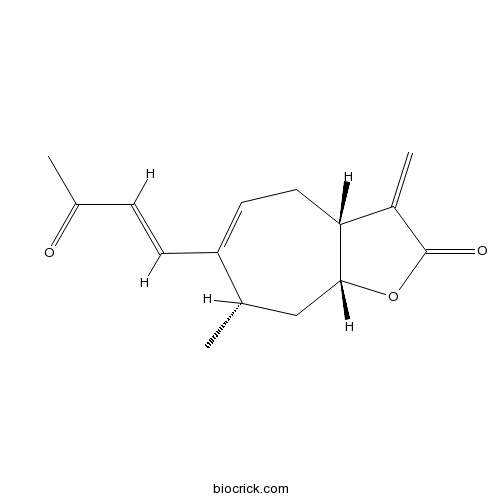
-
BCN7120
Methylionene
Botanical source: The Sclerophoma pythiophila.(CAS NO.:31197-54-3)
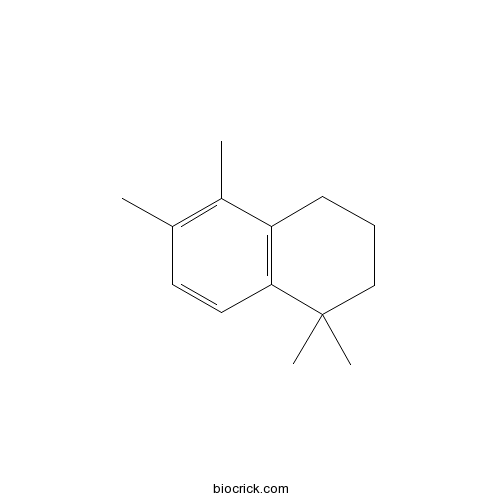
-
BCN1460
1,10:4,5-Diepoxy-7(11)-germacren-8-one
Botanical source: The herbs of Isodon adenantha(CAS NO.:32179-18-3)
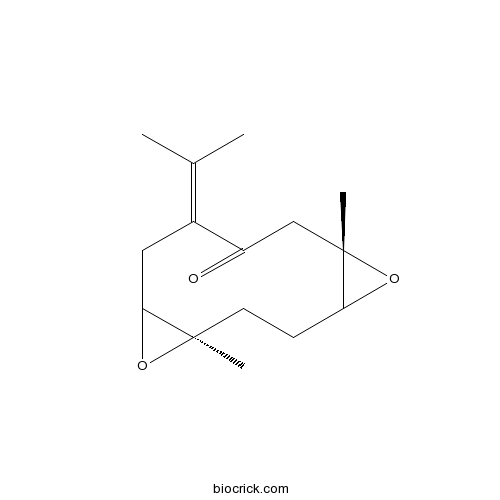
-
BCN5244
Ascleposide E
Botanical source: The roots of Aucklandia lappa Decne(CAS NO.:325686-49-5)
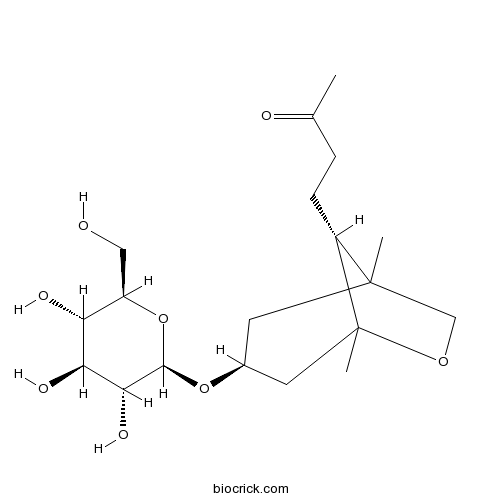
-
BCN5248
Macrocarpal L
Botanical source: The branch of Eucalyptus globulus(CAS NO.:327601-97-8)
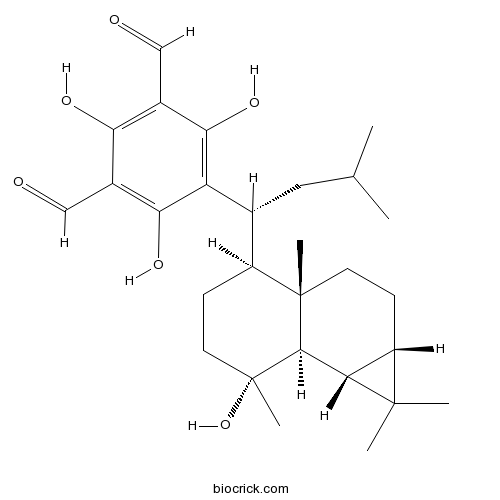
-
BCN7371
Macrocarpal O
Botanical source: The leaves of Eucalyptus globulus.(CAS NO.:327622-65-1)
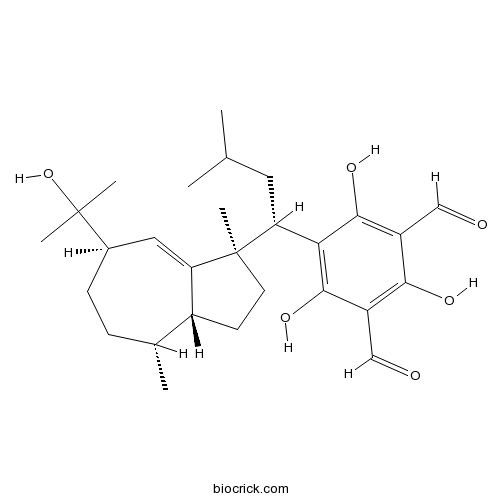
-
BCN8039
Strychnistenolide
Botanical source: The roots of Lindera aggregata(CAS NO.:332372-09-5)
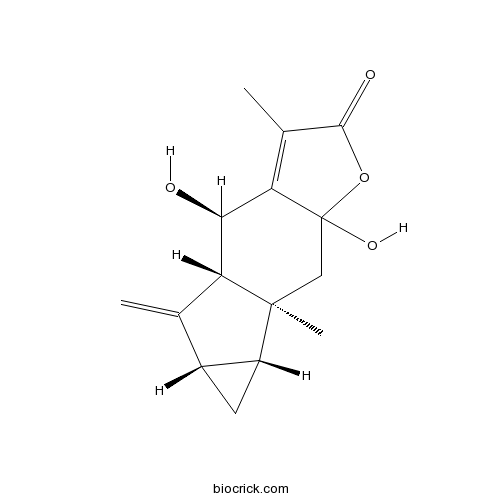
-
BCN3087
Evonine
Euonymine (Euonymin) is a sesquiterpene pyridine alkaloid isolated from the leaves of Maytenus chiapensis.(CAS NO.:33458-82-1)
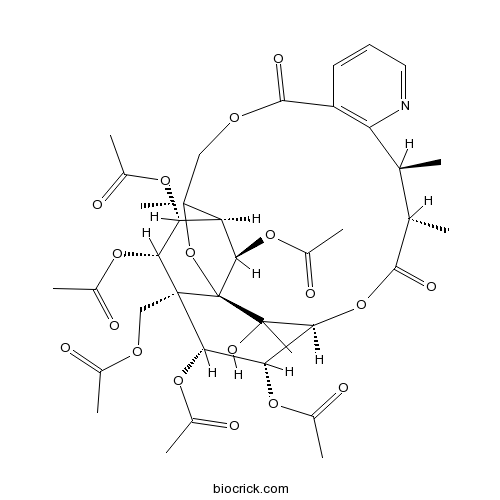
-
BCN1279
(-)-Bilobalide
Bilobalide is a biologically active terpenic trilactone present in Ginkgo biloba.(CAS NO.:33570-04-6)
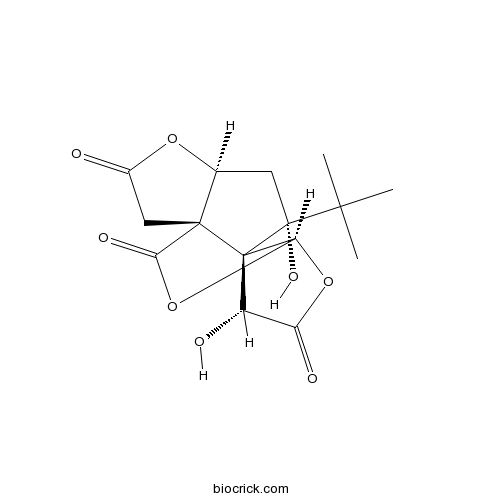
-
BCN3509
Britannilactone
Britannilactone(Desacetylinulicin) is a methanol extract of the dried flower of Inula britannica L.(CAS NO.:33620-72-3)
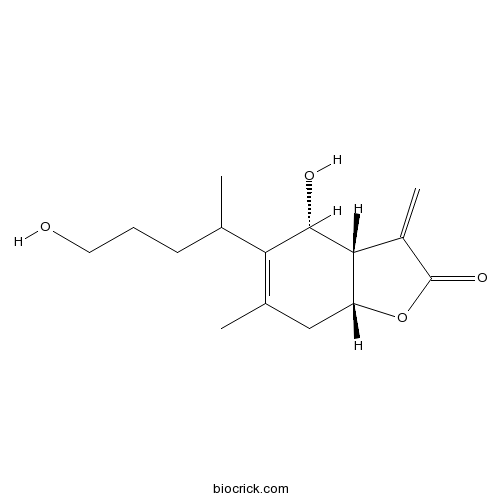
-
BCN2366
Britannin
Britannin, isolated from Inula aucheriana, is a sesquiterpene lactone. Britannin induces apoptosis and autophagy by activating AMPK regulated by ROS in liver cancer cells. Britannin has anti-proliferative and anti-inflammatory activities.(CAS NO.:33627-28-0)
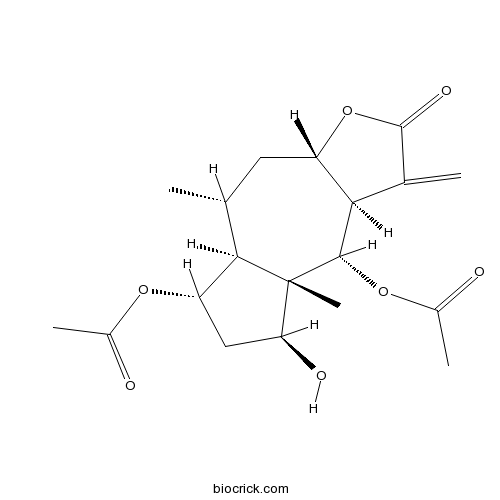
-
BCN7715
1-O-Acetylbritannilactone
Inulicin (1-O-Acetylbritannilactone) is an active compound isolated from Inula Britannica L. Inulicin (1-O-Acetylbritannilactone) inhibits VEGF-mediated activation of Src and FAK. Inulicin (1-O-Acetylbritannilactone) inhibits LPS-induced PGE2 production and COX-2 expression, and NF-κB activation and translocation.(CAS NO.:33627-41-7)
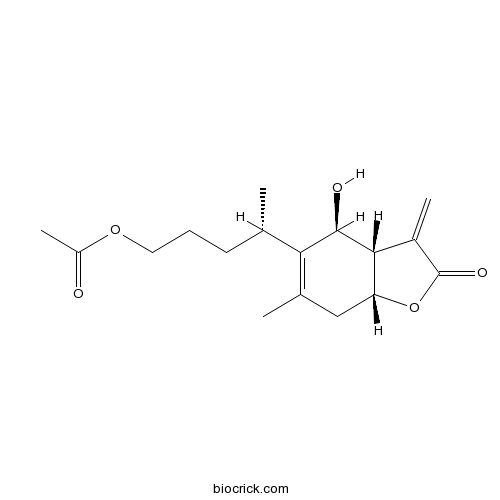
-
BCN5267
Catalponol
Botanical source: The roots of Ekmanianthe longiflora.(CAS NO.:34168-56-4)
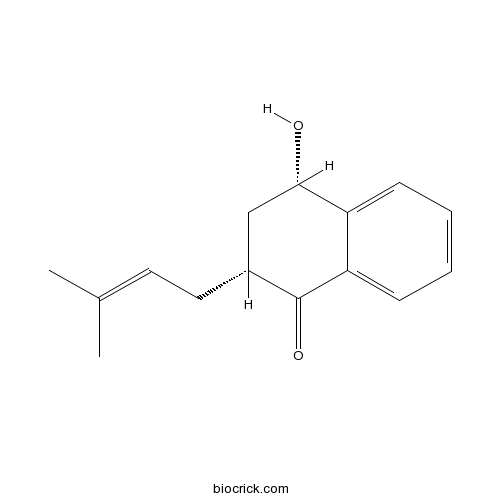
-
BCN5268
Pterosin Z
Botanical source: The rhizoma of Cibotium barometz (L.) J.Sm.(CAS NO.:34169-69-2)
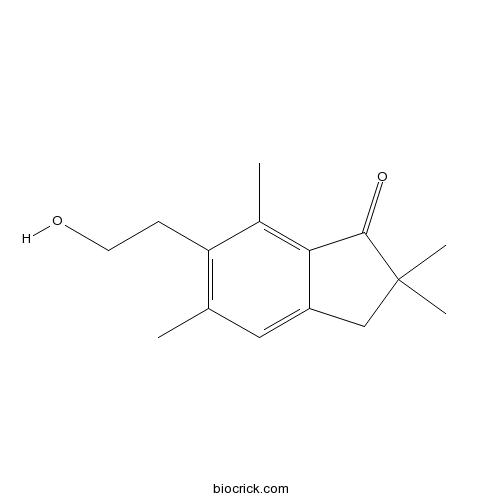
-
BCN5269
Pterosin D
Botanical source: The rhizoma of Cibotium barometz (L.) J.Sm.(CAS NO.:34169-70-5)
